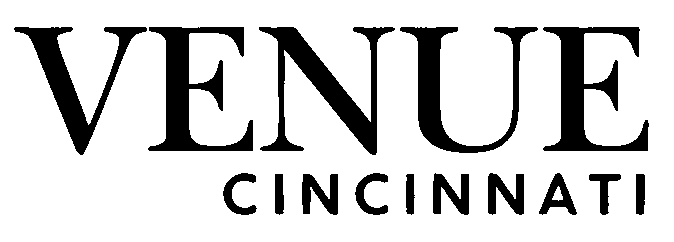Companies are under constant pressure to improve efficiency, reduce errors, and stay compliant. One of the most effective ways to achieve this is through business process standardization. By creating a common set of rules and steps for how work should be done, organizations can reduce confusion and improve performance. At the same time, document workflow automation helps streamline the handling of documents, approvals, and information across departments. Together, these two approaches create a powerful foundation for smoother operations, higher productivity, and better decision-making.
Why Standardization Matters in Business Processes
Business process standardization is the practice of defining and following a consistent way of doing tasks. Imagine if every employee in your company handled invoices differently—one saves them in email, another prints and files them, and someone else uploads them to a shared drive. The result would be chaos, wasted time, and higher chances of mistakes.
When processes are standardized:
- Everyone knows the right steps to follow.
- Workflows become predictable and easier to manage.
- Compliance with regulations is easier to maintain.
- Training new employees becomes faster and simpler.
Standardization is not about making processes rigid; it is about creating clarity and efficiency. Employees can still bring creativity to their roles, but within a structure that reduces errors and saves time.
The Role of Documents in Business Operations
Almost every business process depends on documents—purchase orders, invoices, contracts, employee records, travel requests, and more. Without a system in place, managing these documents becomes slow and error-prone. Paper-based processes or manual email approvals lead to bottlenecks, misplaced files, and compliance risks.
That’s where document workflow automation plays a key role. By automating how documents are created, reviewed, approved, and stored, companies can ensure that every step is tracked and completed correctly.
How Document Workflow Automation Supports Standardization
Document workflow automation provides the tools to put standard processes into action. It ensures that documents follow the same predefined route every time. For example:
- Invoice approvals: Every invoice is routed to the right manager, then to finance, and finally stored in a secure system.
- Employee leave requests: Requests automatically go to HR, then to the reporting manager, with notifications at every stage.
- Procurement processes: Purchase requisitions pass through predefined approval stages before a purchase order is issued.
This automation ensures that no steps are skipped, approvals are recorded, and compliance rules are enforced. At the same time, employees don’t waste time chasing signatures or searching for lost files.
Benefits of Combining Standardization and Automation
- Improved Efficiency
Standard workflows and automated documents cut down repetitive manual work. Employees spend less time on paperwork and more time on value-adding tasks. - Error Reduction
Manual processes are prone to human error. Automation ensures accuracy in data entry, routing, and approvals, reducing costly mistakes. - Transparency and Accountability
With automation, every step is recorded. Managers can see who approved what, when, and where delays occur. This improves accountability across the organization. - Cost Savings
Fewer errors, faster processing, and reduced paper usage directly save money. Over time, this leads to significant cost benefits. - Better Compliance
Standardized processes make it easier to comply with industry regulations and internal policies. Document automation provides audit trails that prove compliance. - Scalability
As the business grows, standardized and automated workflows can be scaled without creating confusion or chaos.
Practical Steps to Implement Business Process Standardization with Workflow Automation
- Identify Core Processes
Start with processes that rely heavily on documents—like procurement, HR requests, or finance approvals. - Map Out Current Workflows
Document how tasks are currently being handled. Identify bottlenecks, redundancies, and areas of confusion. - Define Standard Procedures
Create clear steps for how each process should work. Decide who is responsible at each stage and what approvals are needed. - Select the Right Automation Tool
Choose a workflow automation tool that allows you to easily design and customize workflows without coding. - Automate Document Flows
Set up rules so documents are automatically routed to the right people, deadlines are tracked, and notifications are sent. - Train Employees
Provide training so employees understand both the standardized process and how to use the automation tool. - Monitor and Improve
Continuously track performance. Automation tools often provide analytics to show turnaround times and process efficiency. Use this data to improve workflows.
Real-World Example
Consider a company that processes hundreds of supplier invoices each month. Before standardization, every department handled invoices differently, leading to delays and lost paperwork. By standardizing the process and automating document workflows, all invoices now follow a consistent path: supplier → finance assistant → manager approval → finance head → payment release.
This change cut processing time from weeks to just a few days, reduced late payment penalties, and improved relationships with suppliers.
Conclusion
In a competitive business world, companies cannot afford inefficiency, errors, or delays caused by inconsistent processes. Business process standardization provides the structure, while document workflow automation ensures that structure is followed without fail. Together, they create a streamlined, transparent, and efficient way of working.
By investing in these practices, organizations can reduce costs, improve employee productivity, stay compliant, and scale operations with confidence. The future of business belongs to companies that embrace standardization and automation as a foundation for growth and success.

